Museum of the Rockies
2011 - 2013
Head Designer
Notable projects
Taylor Planetarium
Smithsonian Folklife Festival Exhibit
Mentorship Program
Created MOR’s Mascot, Rocky T. Rex
TLDR;
My time at the Museum of the Rockies was about more than just redesigning physical spaces—it was about fostering creativity, building educational opportunities, and elevating visitor experiences. The planetarium and exhibitions I redesigned not only breathed new life into the museum’s offerings but also deepened connections with visitors. Establishing the intern program created a sustainable model for future designers to learn and grow, leaving a lasting impact on both the institution and its visitors.
Redesigning Experiences and Cultivating Future Talent
The Museum of the Rockies is renowned for its extensive collection of paleontological artifacts, particularly its T. rex skeleton. However, the museum needed a visual and experiential overhaul to engage modern visitors. I was tasked with redesigning the planetarium and leading exhibition design projects, ensuring that each installation not only showcased the museum’s rich history but also created dynamic and engaging visitor experiences.
Simultaneously, I established the museum’s first intern program in partnership with Montana State University’s design department, creating opportunities for future designers to learn and contribute to real-world projects. I managed a small team of three designers, interns, photographers, and external vendors, ensuring all creative efforts were aligned with the museum’s mission while adhering to budget constraints.
The challenge
The museum's exhibitions, while rich in content, required modernization to resonate with contemporary audiences. The visual components needed to engage visitors in new and dynamic ways, enhancing the storytelling without overshadowing the artifacts themselves. In parallel, the planetarium's outdated design required a comprehensive overhaul to offer a more immersive and interactive experience.
Additionally, the museum needed a structured way to involve and mentor upcoming talent. The institution lacked an intern program and was missing a formalized process for design education and development, creating a gap in opportunities for aspiring professionals to grow.
Redefining Spaces and Building a Design Culture
For the planetarium, I designed a captivating environment that drew visitors into the wonders of the universe. The new layout was focused on storytelling through visual design, ensuring that scientific education was engaging and accessible. I worked closely with astronomers and content experts to create interactive visual elements that complemented the presentations without detracting from the educational core.
Exhibitions were redesigned with a visitor-first approach, using color, typography, and layout to guide attendees through complex narratives. Each exhibit was designed to enhance the experience by visually supporting the historical and scientific context of the displays, allowing the artifacts to take center stage while offering a cohesive and engaging narrative
To support the museum’s educational goals, I built and launched the first-ever internship program in collaboration with Montana State University. This program provided students with hands-on experience working on real-world design challenges, ranging from exhibition design to digital media. I mentored each intern personally, helping them develop their skills while contributing to the museum's projects.
The Long-Term Impact
The redesigned planetarium became a cornerstone attraction, significantly improving visitor engagement and increasing attendance. The exhibitions I reworked delivered immersive, visually compelling narratives that made complex historical and scientific topics more accessible and engaging for visitors of all ages.
The intern program proved to be a lasting legacy, offering a pipeline for future design talent and further strengthening the museum’s relationship with Montana State University. Interns gained invaluable experience, and many went on to secure roles in design, benefiting from the mentorship and hands-on work they did at the museum.









